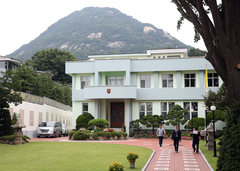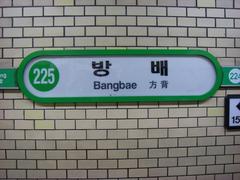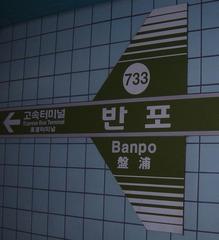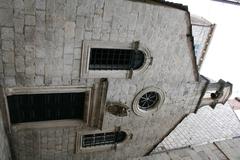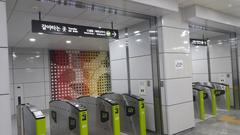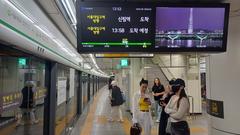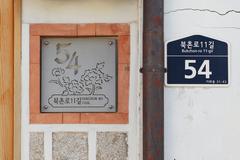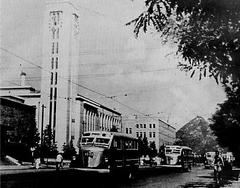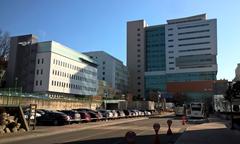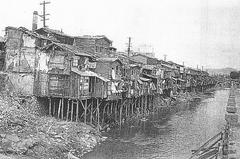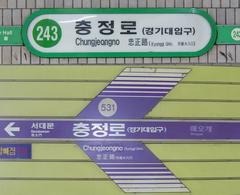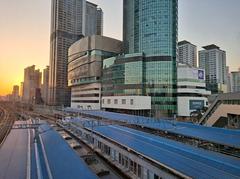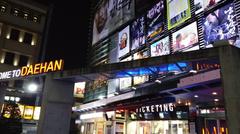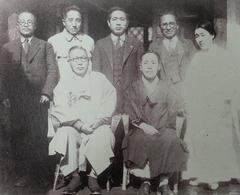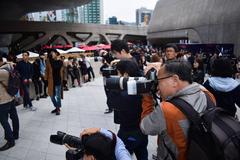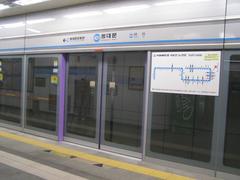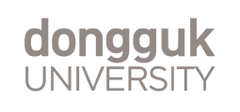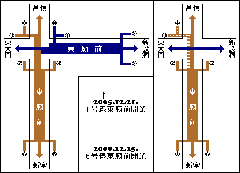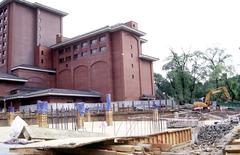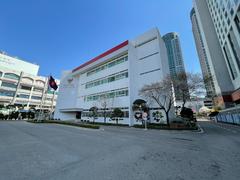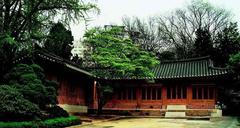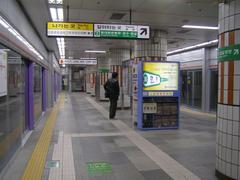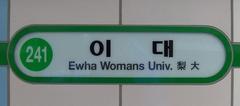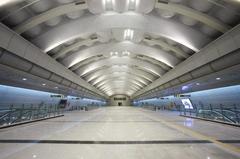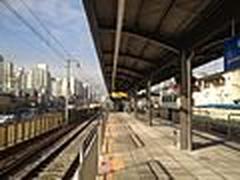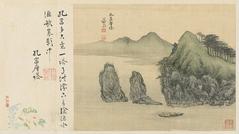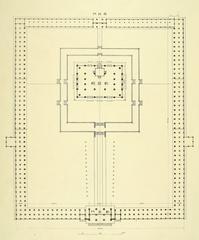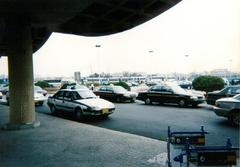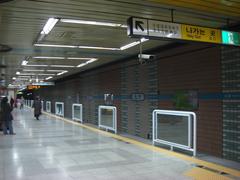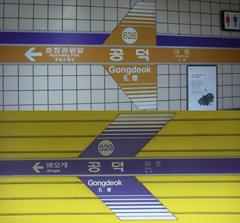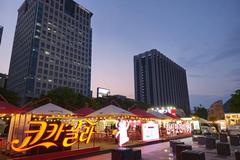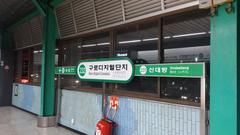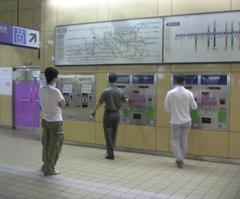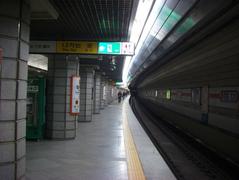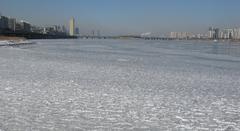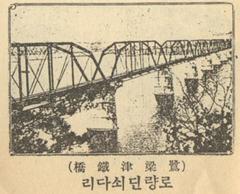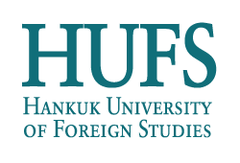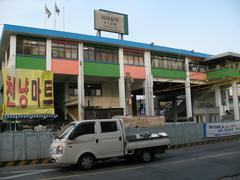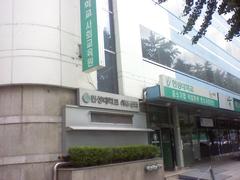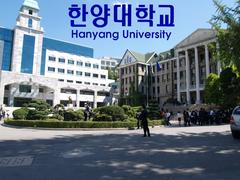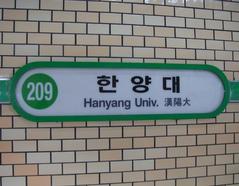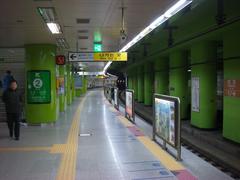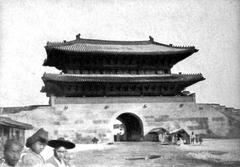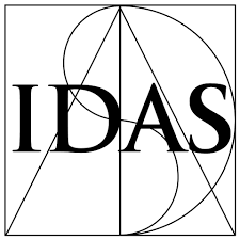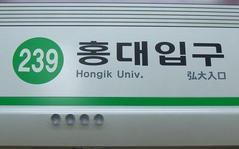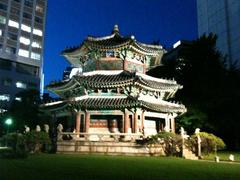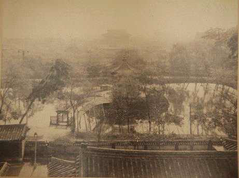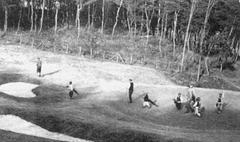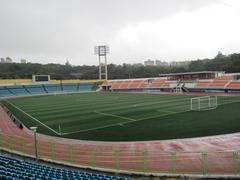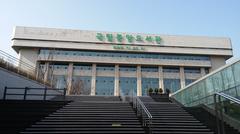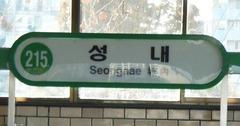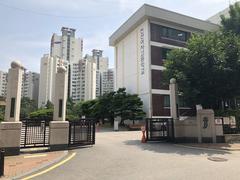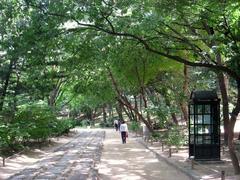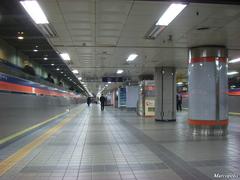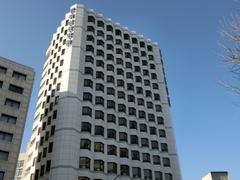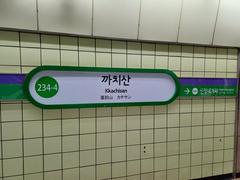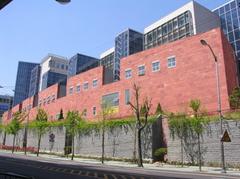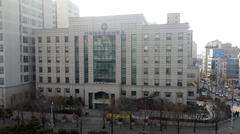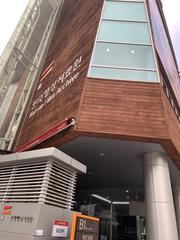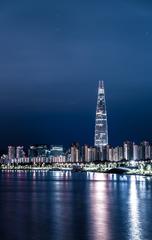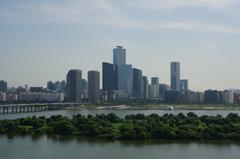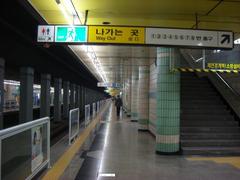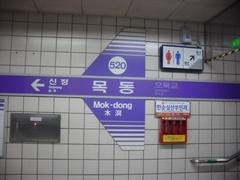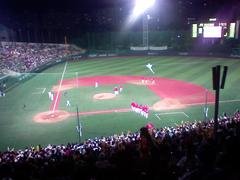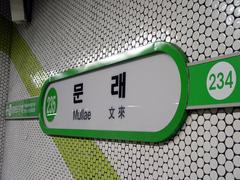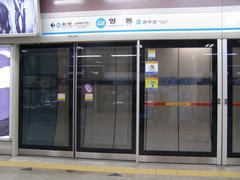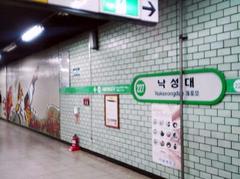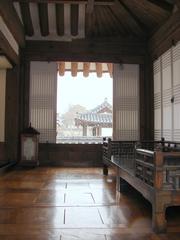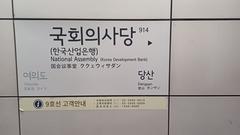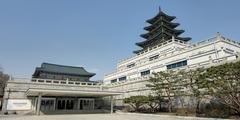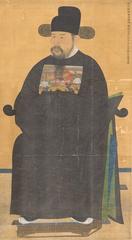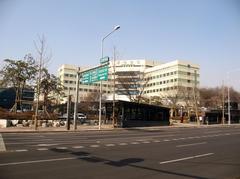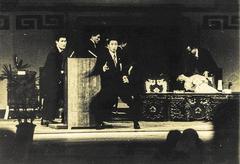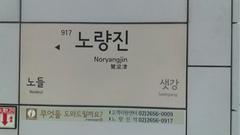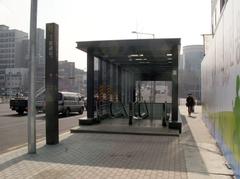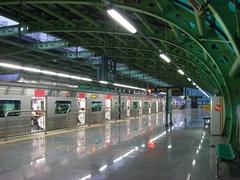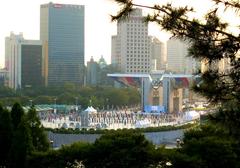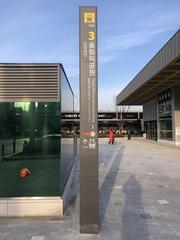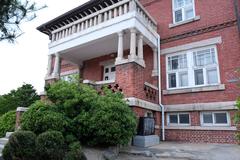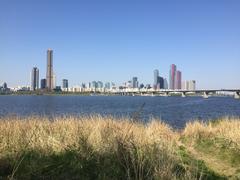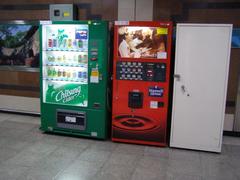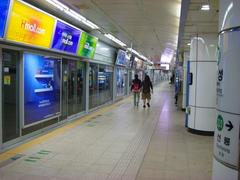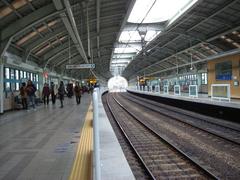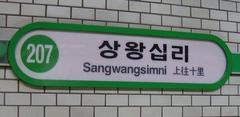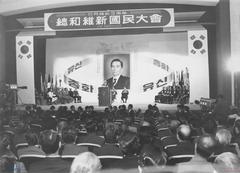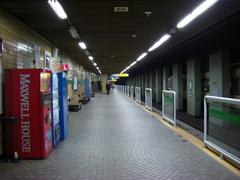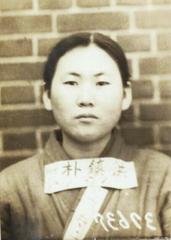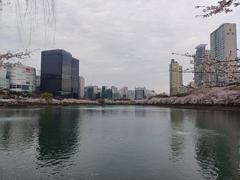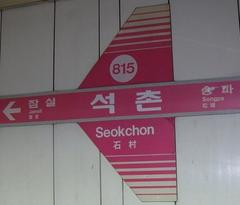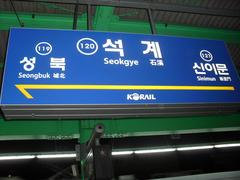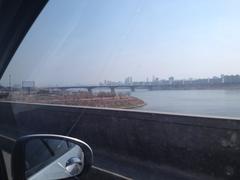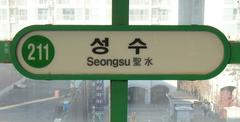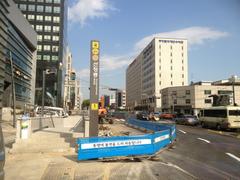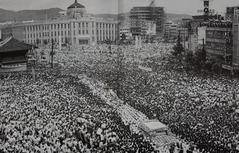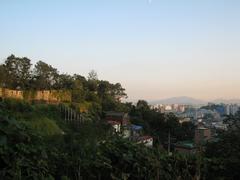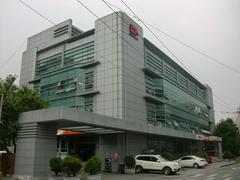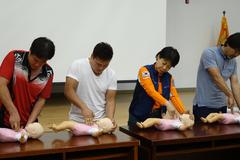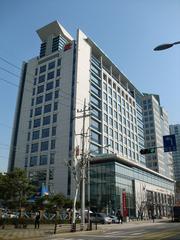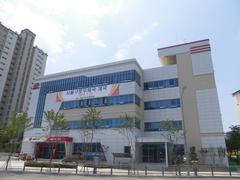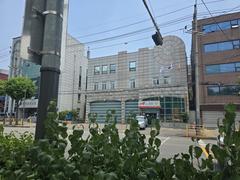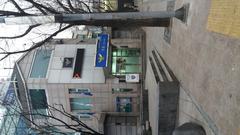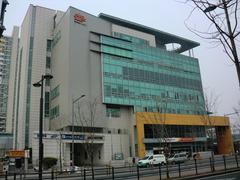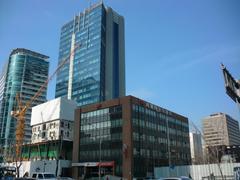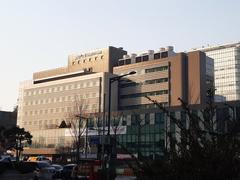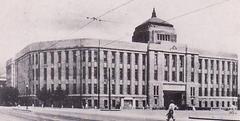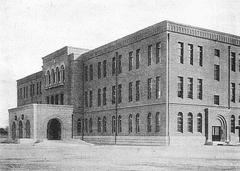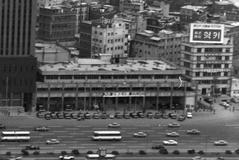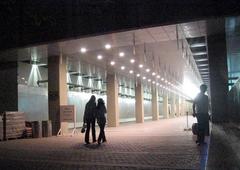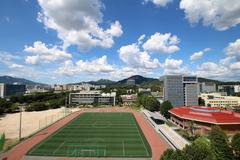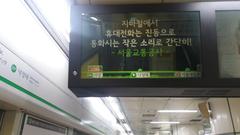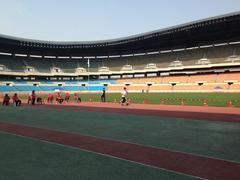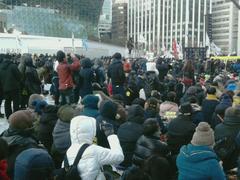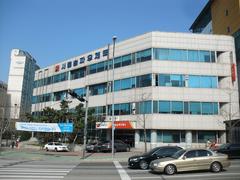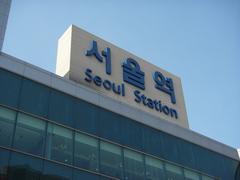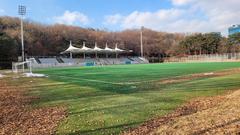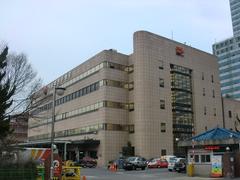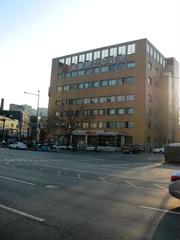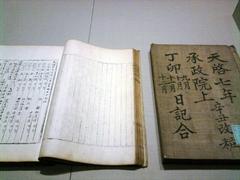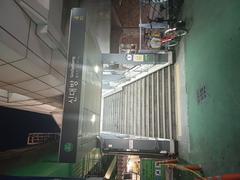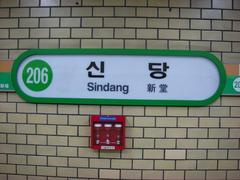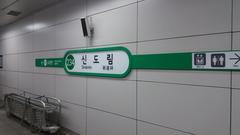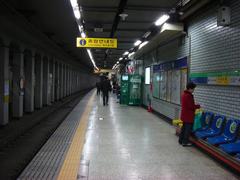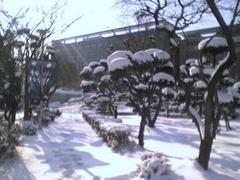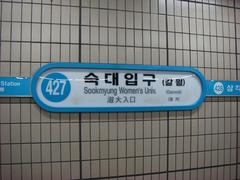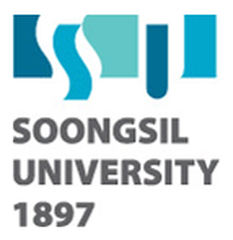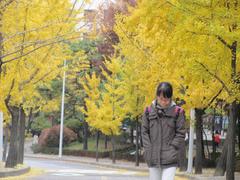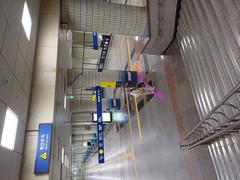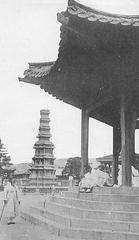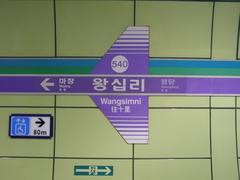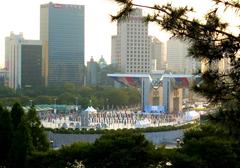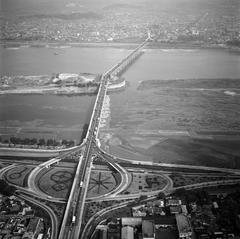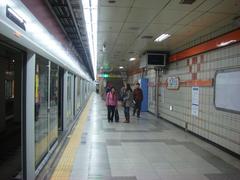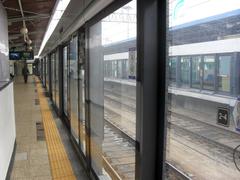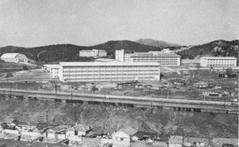Visiting Hours and Tickets for Seodaemun Independence Park
Date: 24/07/2024
Introduction
Seodaemun Independence Park, located in Seoul, South Korea, stands as a testament to the nation’s tumultuous history and its enduring spirit of independence. This historical site is deeply intertwined with Korea’s struggle against Japanese colonial rule from 1910 to 1945, providing visitors with a poignant glimpse into a period marked by intense oppression and the resilience of Korean patriots. The park is situated on the grounds of the former Seodaemun Prison, a facility notorious for its brutal treatment of independence activists. Today, the park and its various monuments, including the Seodaemun Prison History Hall, serve as educational resources and memorials commemorating the sacrifices made for Korea’s freedom. Whether you’re a history enthusiast or a curious traveler, Seodaemun Independence Park offers an enriching experience that encapsulates the nation’s journey towards self-determination (Visit Seoul).
Table of Contents
- Introduction
- Historical Background
- Visitor Information
- Educational Programs and Visitor Experience
- FAQ
- Conclusion
Historical Background
Japanese Colonial Period (1910-1945)
Seodaemun Independence Park is deeply intertwined with Korea’s struggle for independence during the Japanese colonial period. The park is located on the grounds of the former Seoul Detention Camp, later known as Seodaemun Prison, constructed by the Japanese Empire to incarcerate political prisoners and independence activists. The prison became a symbol of the harsh repression faced by Koreans under Japanese rule, notorious for its brutal treatment of inmates, including torture and executions (RealKorea).
Seodaemun Prison
Seodaemun Prison, originally named Gyeongseong Prison, opened in 1908, just two years before Japan’s formal annexation of Korea. It was specifically designed to suppress the burgeoning independence movement. The prison complex included various buildings such as interrogation rooms, solitary confinement cells, and execution grounds. The prison’s most infamous feature was its underground women’s prison, where female activists were detained under deplorable conditions (KoreaToDo).
Independence Movement and Key Figures
The park also commemorates significant events and figures in Korea’s independence movement. One of the most notable events is the March 1st Movement of 1919, a nationwide protest against Japanese rule. This movement saw millions of Koreans participating in peaceful demonstrations, met with violent crackdowns by Japanese authorities. Many movement leaders were imprisoned at Seodaemun Prison, enduring severe punishment (Discovering Korea).
Key figures associated with the independence movement include Dr. Seo Jae-pil, who played a pivotal role in advocating for Korean self-determination. He was instrumental in constructing the Dongnimmun Gate (Independence Gate) in 1896, symbolizing Korea’s desire for independence. The gate was modeled after the Arc de Triomphe in Paris and replaced the Yeongeunmun Gate, used to welcome Chinese envoys during the Joseon Dynasty (Exploring Korea).
Post-Liberation Period
After Korea’s liberation from Japanese rule in 1945, Seodaemun Prison continued to be used by successive Korean governments. During the turbulent years following liberation, the prison was employed by military regimes to detain political dissidents and activists who opposed authoritarian rule. It wasn’t until 1987 that the prison ceased operations, and the Seoul Detention Center was relocated to Uiwang, Gyeonggi-do Province (Where Are Those Morgans).
Transformation into a Memorial Park
The transformation of the site into Seodaemun Independence Park began in earnest in the early 1990s. The park officially opened on August 15, 1992, coinciding with Korea’s Liberation Day, marking the end of Japanese colonial rule. Before its opening, the area was largely avoided by local residents due to its grim history. The park was established to honor the sacrifices of Korean patriots and independence activists, serving as a place of education and remembrance (KoreaToDo).
Renovations and Current Features
In October 2009, the park underwent significant renovations to better serve its growing number of visitors, now numbering around 800,000 annually. One of the most notable improvements was the reopening of the Dongnimmun Gate to the public, allowing visitors to walk beneath it for the first time in 112 years. The gate stands as a powerful symbol of Korea’s enduring spirit of independence (Discovering Korea).
Monuments and Memorials
The park is home to several important monuments and memorials that pay tribute to the nation’s struggle for independence. These include the Declaration of Independence Monument, commemorating the March 1st Movement, and various statues of patriots who played crucial roles in the fight against Japanese rule. Additionally, the park houses a library and the Seodaemun Prison History Hall, a museum providing an in-depth look at the prison’s history and Korea’s fight for independence (RealKorea).
Seodaemun Prison History Hall
The Seodaemun Prison History Hall is the centerpiece of the park. It offers a comprehensive overview of the prison’s history, featuring exhibits that include original prison cells, interrogation rooms, and execution grounds. The museum also displays artifacts and documents related to the independence movement, providing visitors with a poignant reminder of the sacrifices made by Korean patriots. The history hall is open to the public year-round, with specific hours varying by season (Where Are Those Morgans).
Visitor Information
Visiting Hours and Tickets
Seodaemun Independence Park is open 24 hours a day, making it convenient for visitors to explore at their own pace. The Seodaemun Prison History Hall, however, has specific operating hours and is closed on Mondays and major holidays such as Seollal (Lunar New Year) and Chuseok (Korean Thanksgiving). Admission to the park is free, while the museum charges a nominal fee for entry. For the most up-to-date information on visiting hours and ticket prices, check the official website or contact the museum directly (Exploring Korea).
Travel Tips
Seodaemun Independence Park is easily accessible via public transportation. The nearest subway station is Dongnimmun Station on Line 3, with exits 4 and 5 providing direct access to the park. Visitors are encouraged to wear comfortable walking shoes, as the park grounds are expansive. It’s also a good idea to bring a hat and sunscreen during the summer months and to check the weather forecast before planning your visit.
Nearby Attractions
While in the area, visitors can explore other nearby attractions such as the Seodaemun Museum of Natural History, the Yonsei University campus, and the bustling Ewha Womans University shopping street. These sites offer additional insights into Seoul’s rich history and vibrant culture.
Educational Programs and Visitor Experience
The park and its museum offer various educational programs designed to inform visitors about Korea’s struggle for independence. These programs include guided tours, interactive exhibits, and special events commemorating significant dates in Korean history. Visitors can explore the park at their own pace, with informational brochures and signage available in multiple languages to enhance their understanding of the site’s historical significance (Where Are Those Morgans).
FAQ
Q: What are the visiting hours for Seodaemun Independence Park?
A: The park is open 24 hours a day. However, the Seodaemun Prison History Hall has specific operating hours and is closed on Mondays and major holidays.
Q: How much does it cost to visit Seodaemun Independence Park?
A: Admission to the park is free. The Seodaemun Prison History Hall charges a nominal fee for entry.
Q: How can I get to Seodaemun Independence Park?
A: The park is easily accessible via public transportation. The nearest subway station is Dongnimmun Station on Line 3, with exits 4 and 5 providing direct access.
Q: Are there guided tours available?
A: Yes, the park and museum offer guided tours and various educational programs. It’s best to check the official website for details and schedules.
Conclusion
By visiting Seodaemun Independence Park, tourists can gain a deeper understanding of Korea’s tumultuous history and the enduring spirit of its people. The park serves as a poignant reminder of the sacrifices made in the pursuit of independence and offers a space for reflection and education. For more information and updates, visit the official website or follow related articles and social media channels (Lonely Planet).
References
- Visit Seoul. (n.d.). Seodaemun Independence Park. Retrieved from https://english.visitseoul.net/MapoArea/Seodaemun-Independence-Park/ENP001753
- Lonely Planet. (n.d.). Seodaemun Independence Park. Retrieved from https://www.lonelyplanet.com/south-korea/seoul/northern-seoul/attractions/seodaemun-independence-park/a/poi-sig/1409636/1336065
- RealKorea. (n.d.). Seodaemun Independence Park. Retrieved from https://www.realk.kr/destination/seoul/seodaemun-gu/seodaemun-independence-park/
- KoreaToDo. (n.d.). Independence Park and Prison Hall. Retrieved from https://www.koreatodo.com/independence-park-and-prison-hall
- Discovering Korea. (n.d.). Seodaemun Prison History Hall and Independence Park. Retrieved from https://discoveringkorea.com/seodaemun-prison-history-hall-and-independence-park/
- Exploring Korea. (n.d.). Seodaemun Independence Park. Retrieved from https://exploringkorea.com/seodaemun-independence-park-seoul/
- Where Are Those Morgans. (n.d.). Seodaemun Prison Seoul. Retrieved from https://wherearethosemorgans.com/seodaemun-prison-seoul/
- Nomad Footsteps. (n.d.). Best and Worst Times to Visit Seoul. Retrieved from https://nomadfootsteps.com/best-and-worst-times-to-visit-seoul/
